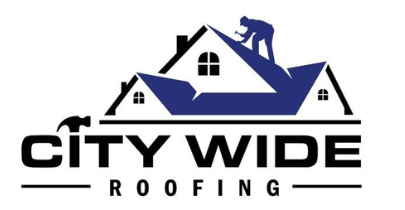In the realm of home improvements and maintenance, reroofing stands as one of the most significant investments a homeowner can undertake. The process often carries a substantial financial commitment, stretching beyond mere estimates and requiring comprehensive budgeting.
This discussion aims to explore the financial intricacies associated with re-roofing, moving past initial cost estimates to delve into the core components of effective budgeting. By deciphering the various factors that influence cost, identifying potential hidden expenses, and examining strategies for efficient financial management, homeowners can facilitate a seamless re-roofing process.
As we venture into these under-explored terrains, we invite you to glean insights that will arm you with the knowledge necessary to navigate the financial landscape of your next re-roofing project.
Understanding Re-Roofing Costs
Delving into the financial terrain of re-roofing, it’s crucial to comprehend the multifaceted costs associated with such a significant home improvement project. These expenses are not limited to materials and labor; they also encompass disposal fees, permitting costs, warranty considerations, and potential supplementary repairs.
Materials constitute a sizable portion of the expenditure. The choice of roofing materials varies from cheaper asphalt shingles to higher-end options like metal or slate, and the prices fluctuate accordingly. Labor costs also swing widely based on the complexity of the job, the roof’s pitch and size, and the local market rates for skilled craftsmanship.
Disposal fees come into play when removing old roofing materials. Depending on the weight and volume of the waste, the cost can be substantial. Local permitting costs differ from region to region, and homeowners must factor these into their budget. Additionally, warranties, often overlooked, are an integral part of the roofing project’s cost structure. They provide financial security against future defects or issues.
Lastly, there may be additional repairs required to the underlying structure once the old roof is removed. These unexpected costs can significantly inflate the original budget estimate. Understanding these potential financial commitments is key to effective budgeting for a re-roofing project.
Strategies for Effective Budget Management
In order to manage your budget effectively during a re-roofing project, it is essential to develop a comprehensive financial plan that includes potential costs, contingency planning, and strategic resource allocation. A diligent approach towards budgeting ensures that you are prepared for any unexpected expenses, and helps avoid unnecessary financial strain.
First and foremost, obtaining multiple estimates from reputable contractors gives you a reasonable gauge of the potential costs involved. Comparing these estimates not only provides a realistic budget range, but also offers insight into the market rate for such projects.
Moreover, it is prudent to set aside a contingency fund, typically around 20% of the total estimated cost, to cater for unforeseen expenses. These could range from structural issues uncovered during the reroofing process, to weather-related delays that could escalate costs.
Strategic resource allocation is another key aspect of budget management. This involves careful selection of materials and labor, ensuring that you get the best value for your money. Consider your long-term goals: investing in higher-quality materials may have a higher upfront cost, but could save you money in the long run through reduced maintenance and increased longevity of your roof.
Beyond Shingles: Diverse Material Options for Re-Roofing Projects
Assessment Essentials: A Homeowner’s Guide to Re-Roofing Decisions


